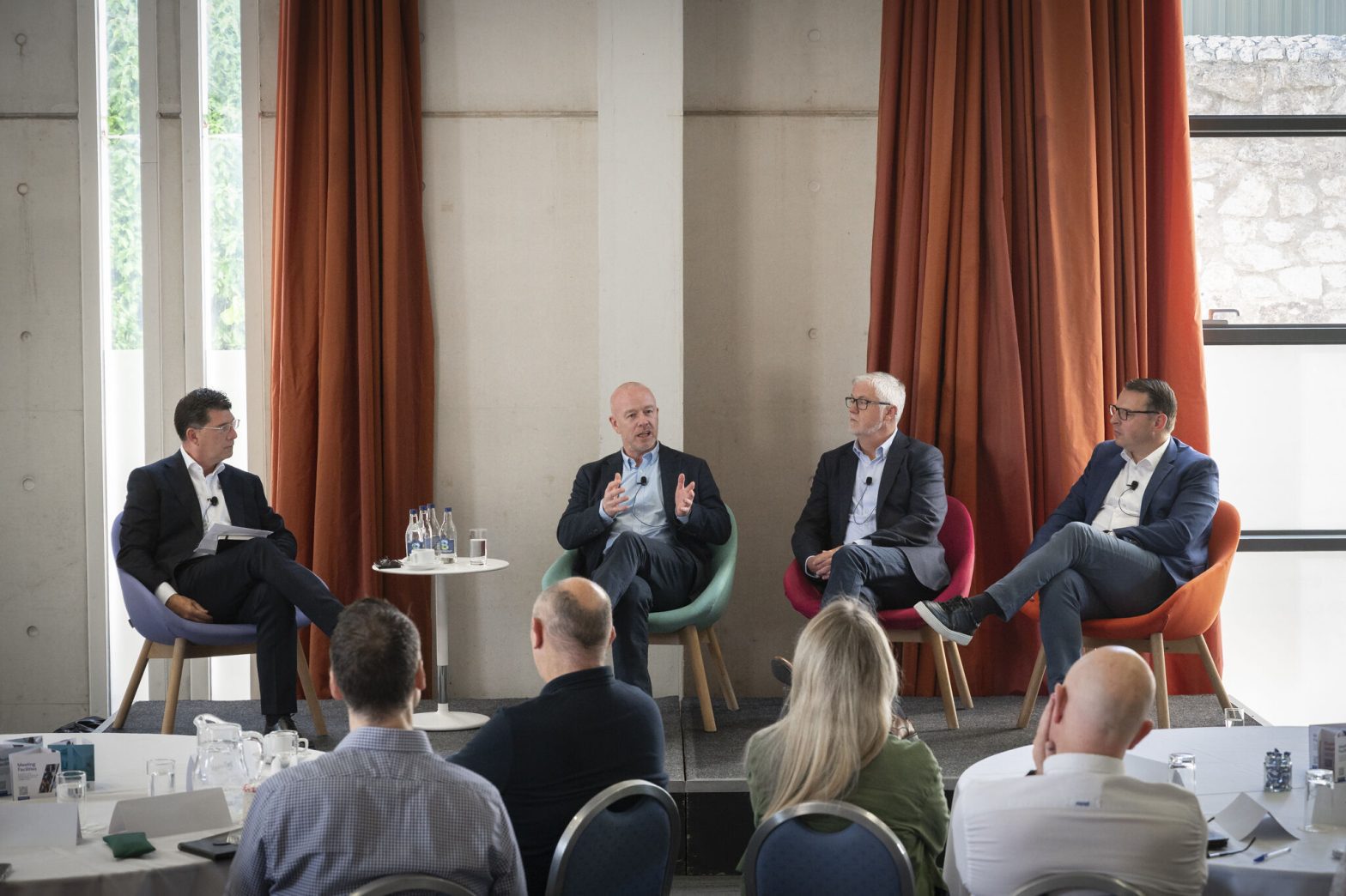5 ways HR can add value to your business
By Pedro Angulo | 7th February 2020
Successful businesses share a relentless and balanced focus on financial results (revenue, cost, and profit margin), customer satisfaction, operational excellence (quality, compliance, and risk), corporate and social responsibility and people performance.
.
Their senior executives work collaboratively and take mutual accountability for spotting opportunities and making a positive impact in all these business-critical result areas.
HR leaders can add value by collaborating with business leaders across the enterprise in order to create high performance organisations that are purpose led, put their people first, are customer obsessed, invest in developing critical business capabilities and have in place transparent and best in class talent management practices.
.
.
1. Place purpose at the heart of your organisation’s business model.
People working in purpose led organisations tend to be more clear on the strategic direction of their business and how their own work contributes to the overall performance of the business, are more trusting of their managers and leaders, experience higher levels of responsibility and meaningfulness for the work they do, and feel a greater sense of belonging leading to greater levels of staff satisfaction, productivity and retention.

Purpose also impacts on customer, employee and investor choices as well as decision making. People want to work and do business with ethical organisations that want to make a positive impact in the communities in which they operate and the world at large.
Becoming a more purpose led organisation starts by articulating an authentic purpose statement that is more than just about making money and places social and environmental considerations at the centre of making strategic business decisions, then building awareness and finally embedding it into everything the organisation and its people do.
.
.
2. Cultivate a people and customer obsessed culture.
Take care of your people and they will take care of your customers. Creating a people centric customer obsessed culture is arguably the only source of long term sustainable competitive advantage.
Competitors can easily copy our products, technology, structures, and processes but the one thing that can’t be easily copied or replicated is culture. Do not leave the development of your culture to chance. HR executives need to work with business leaders to clearly define, articulate and bring to life the ideal culture that they would like to create.
Remember that everything you say or do (or don’t do) creates culture.
.
.
3. Embed proper talent management practices.
Talent management is a business-critical activity and therefore business leaders need to be fully committed to developing and executing talent management plans. It involves attracting, developing, and retaining those individuals with high potential who are of value to the organisation.
There are four critical activities that we should have clear strategies for:
(1) Identify your organisation’s critical roles. Roles critical to successfully executing business strategy and have a large impact on bottom line results and/or the customer experience;
(2) Identify successors for all critical roles. Do you have a person ready now to step up into your CEO’s role if he/she was to leave your organisation? or your Head of Data Analytics? Or Commercial Director? Or Chief Financial Officer? Lack of proper successors for critical roles is one of the greatest operational risk to any business.
(3) identify your high potentials (HiPos). Your high performers are not the same as your high potentials. High potentials are normally high performers but not all high performers are HiPos. HiPos are emotionally intelligent, have a growth mindset, are highly effective at dealing with complexity and ambiguity, enjoy and seek opportunities to lead people, and are highly ambitious but in a collaborative way.
(4) Fast track the development of your successors and high potentials by providing them with the right mix of knowledge and experiences that enable them to develop competency gaps, as well as, their agility, enterprise and critical thinking, creativity and collaboration skills.
.
.
4. Close current and future capability gaps.
Irish CEOs see the shortage of core skills as one of the biggest threats to business growth. According to PWC’s Annual Global CEO Survey (2019) 33% of Irish CEOs say they are missing growth targets due to the lack of availability of key skills.
Skill shortages are also driving people costs up more than expected eating into an organisation’s profit margin. Furthermore, these gaps are also likely to hinder the design and delivery of high quality products and services.

Irish organisations need to safeguard their organisation’s future by identifying critical capabilities, assessing capability gaps, providing the right training and career development interventions needed and cultivating cultures that encourage ongoing curiosity, learning and agility.
.
.
5. Improve the customer experience by empowering your front-line staff and developing their emotional intelligence (EI).
Doing so will pay off in improved interactions and more profitable relationships with customers. L’Oréal is often cited as a good example of an organisation that has seen an improvement in profitability as a direct result of the introduction of a number of EI programmes for front line staff.
Great initiatives, however, are only as good as their execution. We have all come across purpose statements that look great on walls but carry little meaning or impact. We have participated in talent session where people are put in boxes or categories, but nothing has happened as a result.
We have had the need to replace a senior executive and although there was someone internally identified as their successor we go externally to fill the vacancy.
The five strategic initiatives above might sound simple to implement but in order to do it successfully and reap the benefits, it will require the right level of resources as well as commitment and time from the whole senior executive team in your organisation. Great businesses grow great leaders which in turn create the right climate for people to be at their best and deliver great outcomes for customers, the organisation and society at large.






